Expansion of the Cosmetic Industry
The Licorice Root Market is also benefiting from the expansion of the cosmetic and personal care sector. Licorice root extract is increasingly incorporated into skincare products due to its skin-soothing and brightening properties. The Licorice Root Market was valued at approximately 150 billion USD in 2023, with a significant portion of this growth attributed to the rising demand for natural and organic ingredients. As consumers become more discerning about the products they use, the inclusion of licorice root in formulations is seen as a valuable selling point. This trend suggests that the Licorice Root Market will continue to thrive as cosmetic manufacturers seek to enhance their product offerings with effective, natural ingredients.
Growing Interest in Functional Foods
The Licorice Root Market is experiencing growth due to the increasing interest in functional foods, which are designed to provide health benefits beyond basic nutrition. Licorice root is recognized for its potential to enhance immune function and promote overall well-being, making it an attractive ingredient for health-focused food products. The functional food market is projected to reach 300 billion USD by 2026, with licorice root likely to play a role in this expansion. As consumers become more aware of the link between diet and health, the demand for foods that offer additional health benefits is expected to rise. This trend positions the Licorice Root Market favorably, as manufacturers innovate to create products that cater to health-conscious consumers.
Rising Popularity of Herbal Remedies
The Licorice Root Market is witnessing a marked increase in the popularity of herbal remedies, as consumers become more health-conscious and seek alternative treatments for various ailments. Licorice root has been traditionally used for its anti-inflammatory and soothing properties, making it a favored ingredient in herbal teas and supplements. Recent studies suggest that the herbal supplement market is expected to reach 200 billion USD by 2027, with licorice root playing a pivotal role in this growth. The rising awareness of the potential health benefits associated with licorice root, such as its ability to support digestive health and respiratory function, further fuels its demand. Consequently, the Licorice Root Market is likely to expand as more consumers turn to natural solutions for their health needs.
Increasing Use in Food and Beverage Industry
The Licorice Root Market is experiencing a notable surge in demand from the food and beverage sector. This trend is primarily driven by the growing consumer preference for natural sweeteners over artificial alternatives. Licorice root, known for its unique flavor profile, is increasingly utilized in confectionery, beverages, and even savory dishes. In 2023, the market for natural sweeteners, including licorice root, was valued at approximately 1.5 billion USD, with projections indicating a compound annual growth rate of around 5% through 2028. This growth reflects a broader shift towards healthier eating habits, where consumers are more inclined to seek out products that align with their wellness goals. As such, the Licorice Root Market is poised to benefit significantly from this trend, as manufacturers innovate to incorporate licorice root into their offerings.
Increased Research and Development Activities
The Licorice Root Market is benefiting from increased research and development activities aimed at exploring the diverse applications of licorice root. Scientific studies are continuously uncovering new health benefits associated with licorice root, which may lead to its incorporation into a wider array of products. The investment in R&D within the herbal and natural product sectors has seen a significant uptick, with funding reaching approximately 5 billion USD in 2023. This focus on innovation is likely to yield new formulations and applications for licorice root, thereby expanding its market reach. As a result, the Licorice Root Market is expected to grow as new discoveries enhance the ingredient's appeal across various sectors, including food, supplements, and cosmetics.


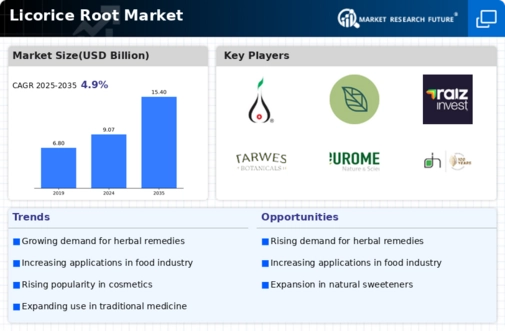
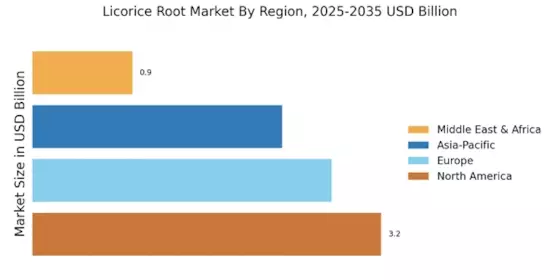
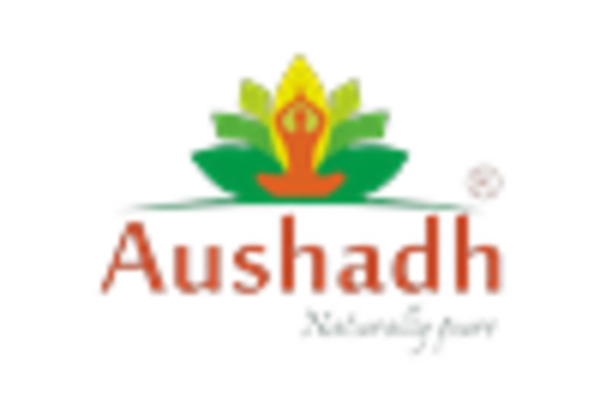


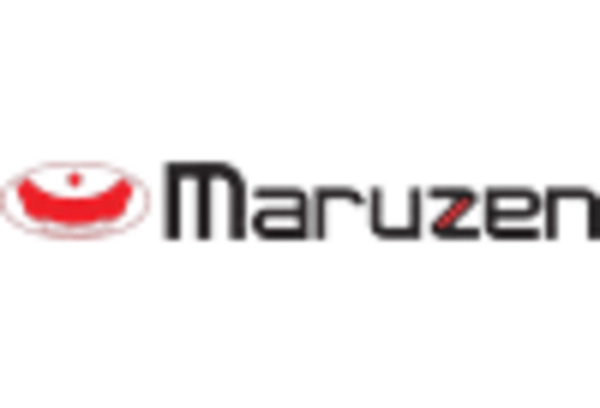

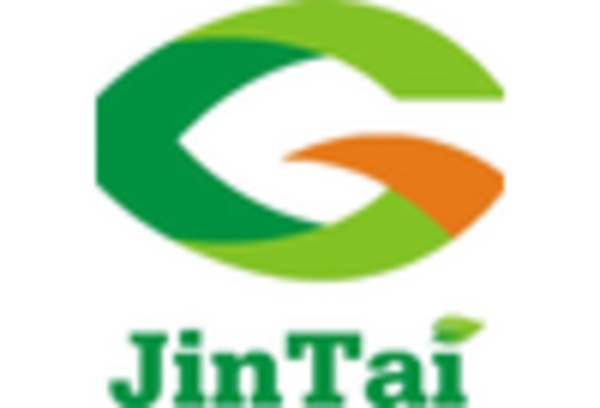








Leave a Comment